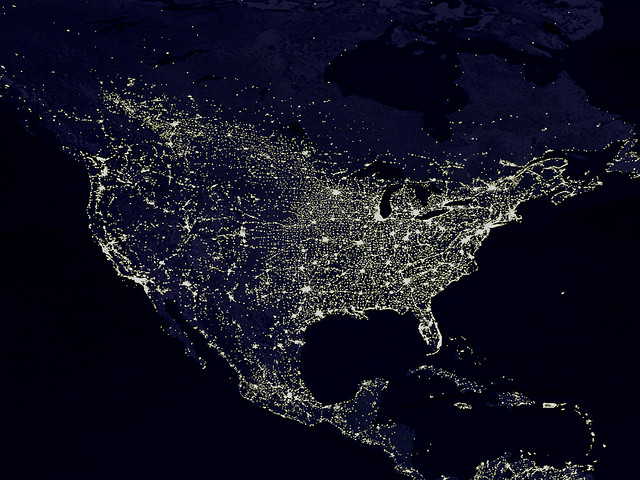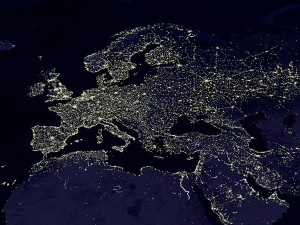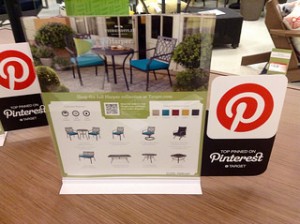

 This is the second part of some best practice examples for sustainability websites, drawn from Two Tomorrows’ 2012 Tomorrow’s Value Research report. Part one can be read here.
This is the second part of some best practice examples for sustainability websites, drawn from Two Tomorrows’ 2012 Tomorrow’s Value Research report. Part one can be read here.
Balanced reporting
Despite the criticism of too much focus on transparency, a surprising number of businesses still fail to produce balanced reports. This is where you report against all your previously stated targets and aspirations, whether they’ve been achieved or not: in other words the report is balanced and gives a warts and all account of the business.
Two Tomorrows holds up HSBC as a paragon of balanced reporting, for example admitting in their sustainability report (PDF) that their air travel target was not met because of an increase in air travel to the bank’s regional centres.
As well as ensuring the good is reported as well as the bad another way of introducing balance is to seek and publish comments from another body. For example, Citi Bank have included independent comments from CERES within their sustainability report for many years.
Materiality assessment
One of the fundamental aspects of sustainability reporting is identifying exactly what is material to the business and sector. Doing this correctly means going beyond carbon emissions, water usage and recyclable waste and really drilling down into how the company accomplishes its business.
Making your materiality assessment part of your overall sustainability report would go a long way to ensuring the business is engaged in balanced reporting, which is one of the reasons Hyundai is praised by Two Tomorrows.
The other is the sheer breadth and depth they’ve gone into (PDF), not just identifying issues raised by their sector and frameworks such as GRI and the Global Compact, but also taking on board the views of external stakeholders about what is important for their business to report.
Risk management
Another factor often overlooked as part of any business’ sustainability agenda is its risk management. This is partially to ensure that sustainability is included in a business’ assessment alongside investment and regulation, but also to ensure that the company simply practices good and responsible governance.
Repsol have been widely acknowledged as a leading light in sustainability for the oil and gas industry, so it comes as no surprise to find them identified as a leader in risk management best practice.
From the website point of view simplicity once again holds the key, with a nice little interactive tabbed display showing all the operational, financial and market risks the business is exposed to.
Integrated sustainability
Ever since the mainstream business agenda started to turn towards sustainability the big challenge has been moving from a bolt-on mentality for reporting carbon emissions towards making sustainability the new business paradigm.
Westpac are one of the best known businesses for taking the approach that their company was first and foremost about sustainability and then shaping their banking and financial business around that.
This is shown very appealingly on their website with sections covering their products, suppliers, employees and governance. These are the four key areas a business needs to focus upon to move to becoming sustainable and Westpac’s example gives clear leadership for others to follow.
.
The key thing this report highlights is that big business, caught between climate change and financial austerity, has by and large gone for what is easy to manage and reported just those figures which are easy to gather and set targets against.
This leaves the arena wide open for entrepreneurial businesses to innovate and take advantage of the situation where larger corporates are unable to, building products and services around sustainability without the more cumbersome issues larger companies have to deal with.
A key part of such companies’ strategy has to be how they communicate the difference their sustainable approach is making and the medium of choice for such communication has to be online.
So, as well as building a business based upon sustainability, a wise entrepreneur could do worse than look at these best practices and seek to integrate them into his or her own company’s own online offering.
Picture Credit: The Night Lights of the United States / Woodley Wonder Works / CC BY. Hat tip to NASA.
Lucy is Editor at Corporate Eye


